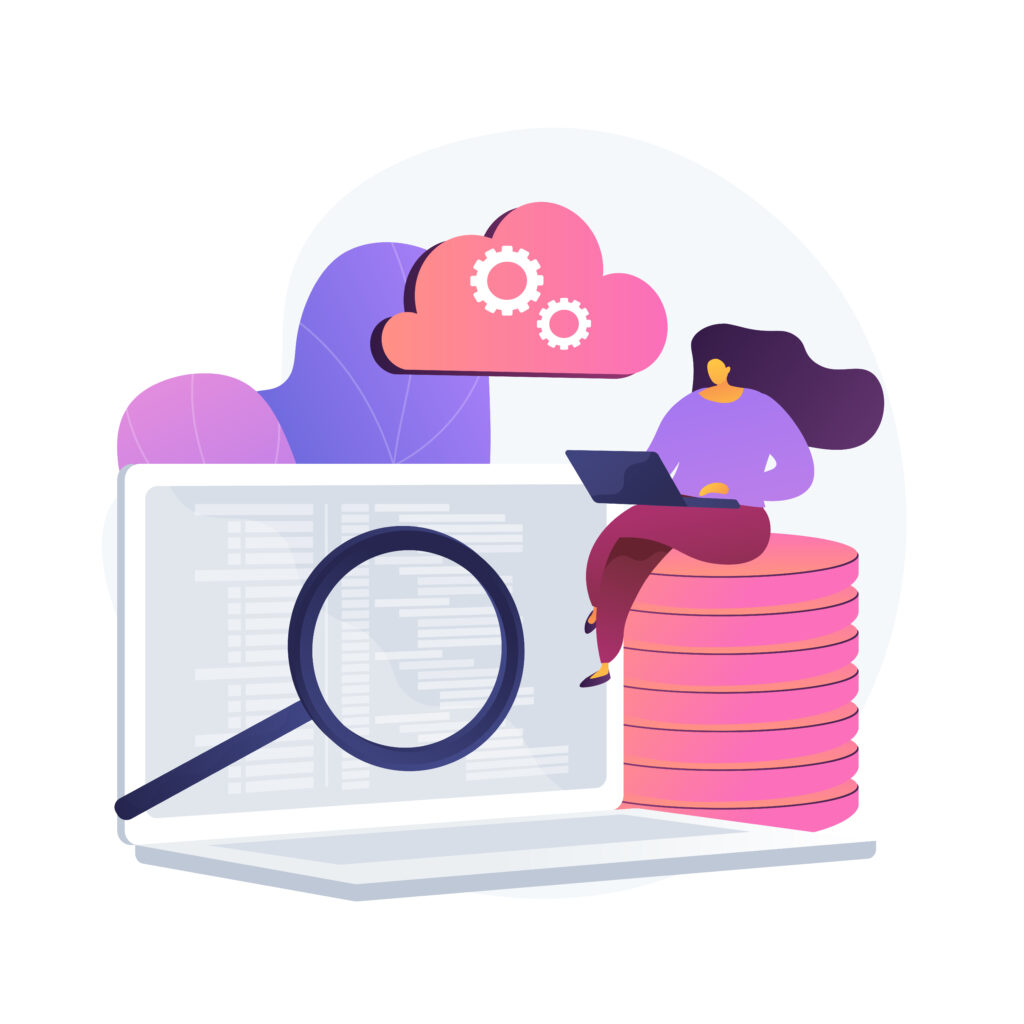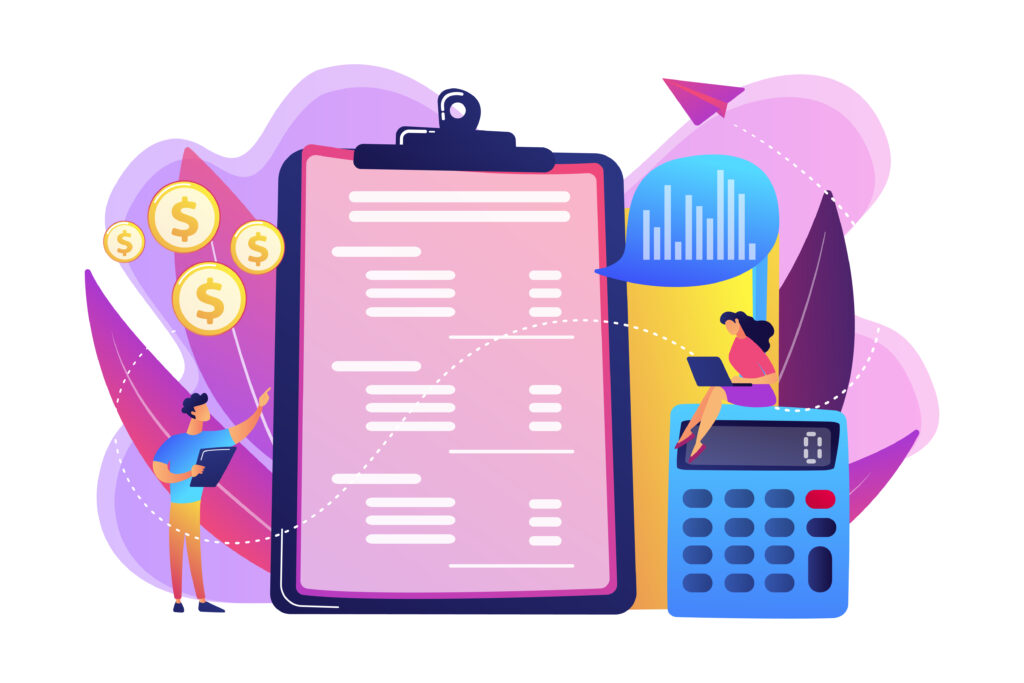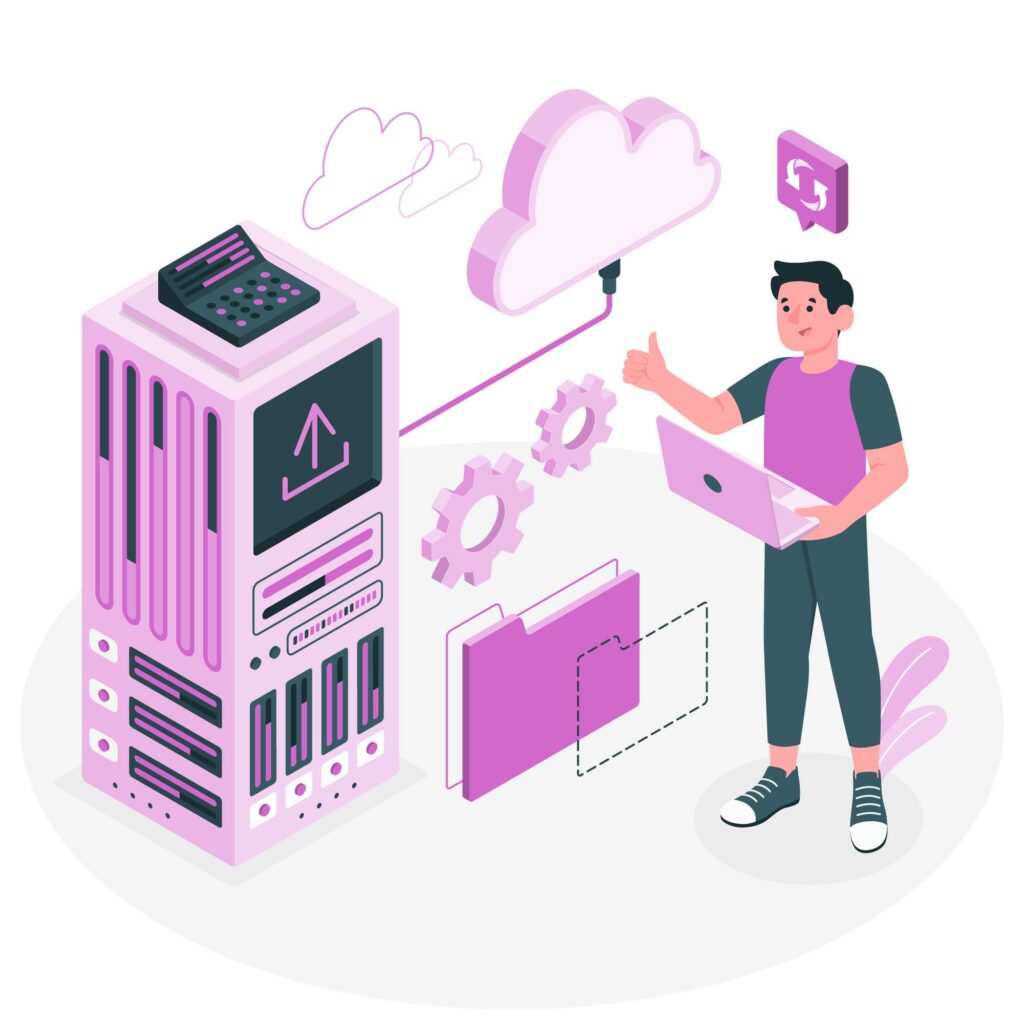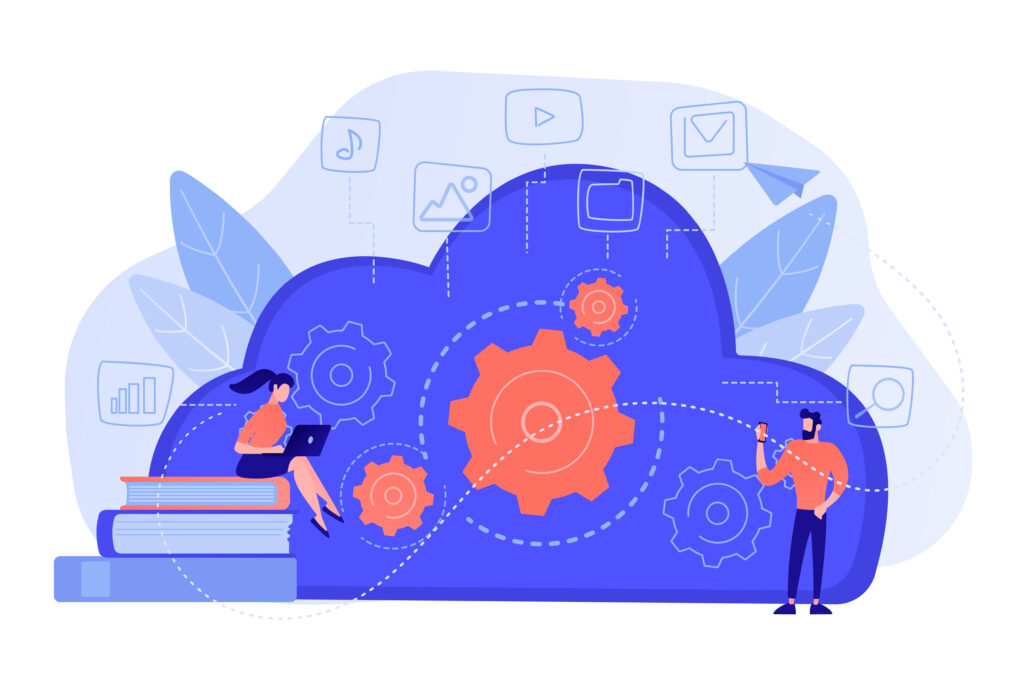Optimal Cloud Strategies for Cost Efficiency
It is always important to look for the best cloud strategies for cost optimization. involves strategically managing and reducing cloud expenditures while preserving or improving performance and scalability. This process includes pinpointing and eliminating unnecessary spending to ensure that resources allocated to various tasks are both appropriate and cost-effective.

Features of Cloud Cost Optimization
- Resource Allocation: Ensures that the most appropriate cloud resources are assigned to each workload, balancing performance, cost, scalability, and security.
- Dynamic Adjustment: Adapts to evolving application needs and fluctuating cloud pricing, necessitating ongoing monitoring and adjustments.
- Data-Driven Insights: Uses comprehensive metrics and analytics to guide decisions on resource allocation and cost management.
- Automation: Utilizes automated tools and policies for provisioning, scaling, and decommissioning resources, maintaining optimal levels without manual effort.
- Cost Management Tools: Employs software solutions that provide insights into cloud expenditures, offering recommendations for right-sizing and identifying unused resources.
- Collaboration and Accountability: Fosters a culture of financial accountability, bridging technical and financial teams to ensure effective resource use.
Importance of Cloud Cost Optimization

1: Cost Reduction
Directly impacts the bottom line by minimizing unnecessary expenses, leading to improved financial performance.
2: Enhanced Value
Ensures that organizations only pay for the resources they need, thereby maximizing the return on their cloud investments.
3: Financial Predictability
Helps avoid unexpected costs and budget overruns, facilitating more accurate financial planning and forecasting.
4: Business Agility
Enables organizations to quickly adapt to market changes and scale operations efficiently without incurring excessive costs.
5: Sustainability
Promotes responsible resource usage, aligning with broader organizational goals related to sustainability and efficiency.
Essential Strategies for Cloud Cost Optimization

To effectively manage and reduce cloud costs, organizations can employ various strategies and best practices aimed at cutting unnecessary expenses while maximizing the value from cloud resources.
1. Evaluate Current Infrastructure
Evaluating current infrastructure is a crucial initial step in cloud cost optimization. This involves a thorough analysis of existing cloud resources to assess their necessity and effectiveness.
Key aspects of this evaluation include:
- Performance Metrics: Review metrics such as CPU usage, memory consumption, and network throughput to gauge resource performance.
- Usage Patterns: Examine how resources are utilized over time. Identify peak usage periods and detect resources that are consistently underused.
- Cost Analysis: Analyze the costs associated with each resource, including compute, storage, and data transfer fees, to pinpoint areas with high expenses.
Benefits
- Cost Awareness: Understanding spending patterns helps identify high-cost areas and focus optimization efforts where they are needed most.
- Informed Decisions: This evaluation enables more accurate resource allocation based on actual needs rather than assumptions, ensuring resources meet business requirements.
- Performance Improvement: Spotting underperforming resources allows for upgrades or replacements, improving overall performance and efficiency.
2. Right-Size Resources

Rightsizing involves adjusting cloud resources to match actual workload requirements. This practice ensures that organizations do not over-provision resources, which can lead to unnecessary costs.
Key aspects include:
- Capacity Planning: Evaluate the current and future workload demands to determine the appropriate size and type of resources needed.
- Scaling Policies: Implement policies that allow for automatic scaling of resources based on real-time usage data.
Benefits:
- Cost Savings: Reduces expenses by eliminating excess capacity, allowing organizations to pay only for what they need.
- Efficiency: Improves resource utilization, leading to better performance and response times, as resources are tailored to workload requirements.
- Scalability: Facilitates easier scaling of resources as workloads change, ensuring that organizations can adapt to varying demands without incurring additional costs.
3. Identify and Eliminate Unused Resources
Thoroughly identifying and removing unused or unattached resources is crucial for optimizing cloud costs.
This Includes
- Inventory Audits: Regularly review cloud resources to pinpoint those that are idle or not in use, such as orphaned storage volumes or inactive virtual machines.
- Decommissioning Processes: Implement procedures for decommissioning resources that are no longer needed.
Benefits:
- Immediate Cost Reduction: Reduces monthly cloud expenses by eliminating unused resources, leading to immediate savings.
- Simplified Management: Decreases complexity in managing cloud environments by lowering the number of resources that require monitoring and maintenance.
- Resource Optimization: Frees up capacity for other important workloads, enabling more effective resource allocation.
4. Implement Automation

Leveraging automation tools for managing cloud resources can streamline operations and enhance efficiency.
Key Elements Include:
- Automated Provisioning: Utilize tools that automatically provision resources according to predefined policies and usage patterns.
- Scaling Automation: Employ auto-scaling features to adjust resources dynamically in response to real-time demand.
Benefits
- Operational Efficiency: Minimizes manual intervention, reducing human error and allowing IT staff to focus on strategic tasks.
- Dynamic Scaling: Automatically adjusts resources based on demand, ensuring optimal usage and performance without manual management.
- Cost Control: Helps maintain budgetary limits by avoiding over-provisioning and ensuring resources are allocated only when needed.
5. Choose the Right Pricing Model
Cloud providers offer various pricing options, such as pay-as-you-go, reserved instances, and spot instances. Selecting the most appropriate model based on workload predictability can result in significant cost savings.
Considerations Include:
- Workload Analysis: Evaluate the predictability and consistency of workloads to determine the optimal pricing model.
- Cost Comparison: Regularly compare costs associated with different pricing models to find the most cost-effective option.
Benefits
- Cost Efficiency: Enhances savings by aligning pricing models with actual usage patterns, ensuring organizations pay only for what they use.
- Flexibility: Enables organizations to adjust to changing business needs without incurring unnecessary costs, as different models cater to various workloads.
- Predictable Spending: Improves budgeting and forecasting by allowing organizations to anticipate costs based on their selected pricing model.
6. Monitor Cost Anomalies

Using observability tools to track spending and identify anomalies is essential for managing cloud expenditures effectively.
This involves
- Setting Benchmarks: Establish benchmarks for expected spending based on historical data and usage patterns.
- Anomaly Detection: Deploy tools that alert teams to unexpected spikes in spending, allowing for prompt investigation and resolution.
Benefits
- Proactive Management: Enables swift responses to cost increases, preventing budget overruns and facilitating immediate corrective actions.
- Enhanced Visibility: Offers insights into spending patterns, helping to pinpoint areas for further optimization and potential waste.
- Informed Decision-Making: Supports data-driven decisions on resource allocation, ensuring spending aligns with business goals.
7. Leverage Cost Management Tools
Understanding and utilizing cloud providers’ cost management tools allows organizations to monitor spending patterns and uncover areas for potential optimization.
Key Components Include:
-
- Dashboard Utilization: Utilize dashboards provided by cloud providers to visualize spending and resource usage.
- Reporting Features: Generate reports to analyze costs over time, identifying trends and opportunities for improvement.
Benefits
- Comprehensive Tracking: Frislty, Provides detailed visibility into costs associated with different services and resources, enhancing financial oversight.
- Actionable Insights: Furthermore, it offers recommendations for cost-saving opportunities based on usage data, aiding in informed decision-making.
- Budgeting Support: Lastly, it helps in setting and managing budgets effectively, ensuring spending stays within acceptable limits.
8. Plan for Data Transfer Costs

Data transfer between on-premises infrastructure and the cloud can lead to significant fees. Planning and optimizing data transfer methods can help minimize these costs by:
Data Transfer Optimization: First, Analyze data transfer patterns and implement strategies to reduce unnecessary data movement.
Cost Awareness: After that, Understand the pricing structure for data transfer to avoid unexpected charges.
Benefits
- Cost Reduction: Reduces expenses related to data movement, contributing to overall cloud cost savings.
- Efficiency: Moreover, it streamlines data transfer processes, enhancing operational efficiency and reducing latency.
- Predictable Costs: In addition, it aids in anticipating and managing data transfer expenses, resulting in more accurate budgeting.
9. Use Reserved and Spot Instances

For predictable workloads, organizations should consider using reserved instances, which offer substantial savings for long-term commitments. Additionally, spot instances can be used for flexible workloads at a lower cost.
Key Considerations Include:
Workload Assessment: Firstly, determine which workloads are predictable and could benefit from reserved instances.
Spot Instance Strategy: Furthermore, develop a strategy for using spot instances for less critical workloads that can handle interruptions.
Benefits
- Significant Savings: Reserved instances offer substantial discounts compared to on-demand pricing, leading to lower overall costs.
- Flexibility: In addition, spot instances provide access to unused capacity at reduced rates, offering cost-effective solutions for variable workloads.
- Cost Control: Furthermore, this approach enables effective cost management for varying workload demands, allowing organizations to adapt to changing needs without overspending.
10. Implement FinOps Practices
Implementing FinOps practices promotes collaboration between finance and engineering teams, focusing on financial accountability and ongoing improvement in cloud cost management.
Key Elements Include:
- Cross-Functional Teams: To ensure diverse perspectives in decision-making, it’s important to form teams that include members from finance, engineering, and operations.
- Financial Training: Additionally, providing training on cloud costs and budgeting to technical teams helps them better understand the financial implications of their actions.
Benefits
- Cross-Department Collaboration: By fostering collaboration between finance and technical teams, organizations can enhance teamwork. This will in turn results in better decision-making and greater alignment on financial goals.
- Financial Accountability: Moreover, this approach ensures that all teams remain aware of the financial impact of their actions. This will create a culture of cost awareness.
- Continuous Improvement: Consequently, this collaboration encourages ongoing optimization and cost-awareness throughout the organization. This will lead to sustained cost savings and efficiency gains.
[Want to learn more about best cloud strategies for cost optimization? Click here to reach us.]
Conclusion
Effective cloud cost optimization is essential for organizations aiming to maximize their cloud investments while managing expenses. By implementing best practices such as assessing current infrastructure, right-sizing resources, and eliminating unused assets, businesses can significantly reduce unnecessary spending. Leveraging automation, choosing the appropriate pricing models, and planning for data transfer costs further enhance cost efficiency.
Utilizing cost management tools and monitoring for anomalies provides ongoing insights for continuous improvement. Additionally, employing reserved and spot instances and integrating FinOps practices ensures financial accountability and flexibility.
For organizations seeking expert assistance in navigating these strategies, Bobcares offers comprehensive cloud hosting support services. Our team helps you optimize cloud costs through proactive management, tailored recommendations, and efficient resource allocation. By partnering with Bobcares, you can ensure that your cloud infrastructure is cost-effective and aligned with your business goals, ultimately driving greater value from your cloud investments.




0 Comments